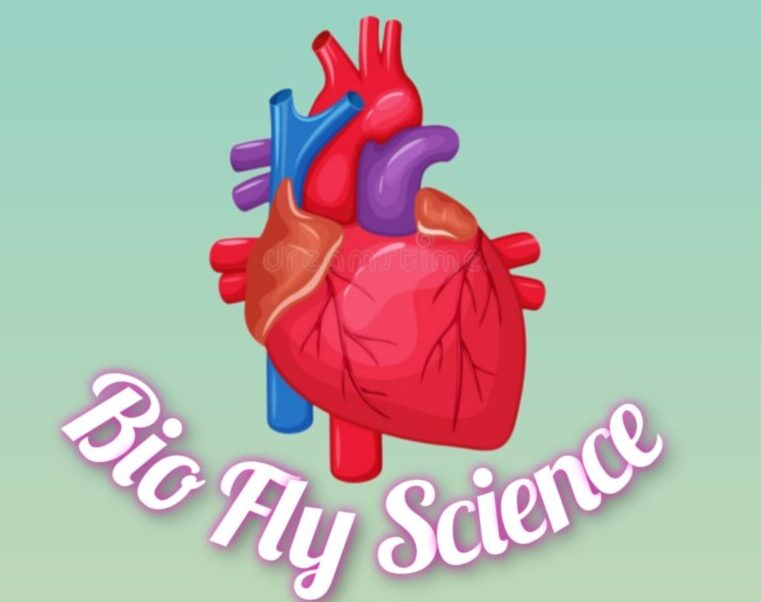Examples of some Parasitic Vertebrates are Cookiecutter shark, Hood Mockingbird, Vampire Bat etc.
Some Parasitic Vertebrates :
- Cookiecutter Shark; 2. Vampire Bat; 3. Hood Mockingbird
Cookiecutter Shark
- Also known as Cigar Shark
- Scientific name: Isistius brasiliensis
- Cookiecutter shark is a small species of shark known for its unique feeding behaviour.
General description:
1. Cookiecutter shark has an elongated, cigar shaped body with short rounded snout, having length of 42 cm of males and 56 cm of females.
2. The mouth is short, surrounded by suctorial lips. The upper jaw consists of about 30-37 teeth and the lower jaw consists of 25-31 teeth.
3. Two spineless dorsal fins, a pair of short pectoral fins, a pair of large pelvic fins and a broad caudal fin present. Anal fin is absent.
4. Have dark brown to black bodies with light emitting photophores on their underside.
5. Cookicutter shark considered as facultative ectoparasite
Habitat :
They inhabit deep waters of tropical and subtropical regions around the world [20°N to 20°S] and surface water temperature lies between 18-26°C.
Feeding:
The cookiecutter shark is notorious for its feeding behaviour, which involves taking small circular bites out of larger marine animals, including whales, dolphins, squids and even larger sharks.
Cookiecutter sharks attack its prey and leave a round “crater wound” scar.
IUCN Category: Least concern
Vampire Bat
- Vampire bat belongs to Subfamily Desmodontinae.
- Common Vampire Bat– Desmodus rotundus
- Hairy legged Vampire Bat : Diphylla ecaudata
- White winged Vampire Bat – Diaemus youngi
Habitat:
- All the species are native to South and Central America.
- Live in caves most of the time.
Diet & feeding habits:
- Vampire bats feed on blood, they are hematophagy. [ Hematophagy is a dietary practice where the species takes blood as a food source.]
- Draculin – Draculin is a glycoprotein found in the saliva of vampire bats that acts as anticoagulant, keeping the blood of the bitten victim from clotting.
- They use their sharp incisors to make wounds in the victim and use their tongue to lick up the blood.
- Consuming one ounce of blood per night takes 20 minutes.
- Species of bats can’t go more than two days without food.They depend on echolocation to assist them in finding their prey.
Behaviour:
- They are very caring and social creatures that care for their offspring and also the orphans, and share food with each other.
- Vampire bats seem more secure to larger numbers.
- Colonies have more than 1000 members.
Reproduction:
- Inside of are large colonies of Vampire bat roosts, there are many sub colonies.
- They consist of about 12 females and 1 male. Male bat offer blood as a food source and encourage the female to mate.
- Gestation period of – 7 months.
- Life span of 9-12 yrs.
Prey: Their main prey consists of livestock such as cattle, horses, and pigs, although they may also feed on wild animals such as birds and rodents.
Predators: Vampire bats have few natural predators due to their nocturnal habits and their ability to fly quickly and silently. However, they may be preyed upon by larger birds (eagles, hawkes) and some carnivorous mammals.
IUCN category: Least concern
- Common Vampire bats have adapted to Sanguivorous (feeds blood) through a close relationship between genomes.
- Vampire bats had more transposons also known as Jumping genes consider the evolution of th feeding habit.
- Particular transposon – MULE-MuDR in vampire bat helps immune response, viral defence, and metabolism.
Hood Mockingbird
- Scientific name– Mimus macdonaldi (Family-Mimidae)
- Noted for mimicry of the calls and songs of other birds.
General description:
- Appearance: Long tail and legs give the bird its distinctive appearance.
- Length: 26-28 cm
- Weight: Males are 76g and Females are 65g.
- Size: Both sexes are similar to plumage, females are smaller than the male.
Habitat:
- They are highly territorial.
- Endemic to Espanola Island in the Galapagos Islands. Mimus macdonaldi lives on two islands – Espanola, Gardner island.
- Mood mocking birds are known for their fearlessness. It will scavenge food and water from human camps.
- They drink blood from – wounded sea birds, injured sea lions, sea lion placenta and scratched up humans.
Diet & Feeding habit:
- The species has an omnivorous diet.
- Eat the eggs of sea birds nesting on an island, eat from dead animals , feed the blood of wounded sea birds.
Behaviour :
- Extremely aggressive and curious and has no fear of humans.
- Lower ranking members of the group will care for the young.
IUCN category: Vulnerable

1 thought on “Parasitic Vertebrates”